Digital Cash: The Unknown History of the Anarchists, Utopians, and Technologists Who Created Cryptocurrency
$13.08
| Author(s) | |
|---|---|
| Format |
|
| Pages |
267 |
| Publication Year |
2019 |
In Digital Cash, Finn Brunton reveals how technological utopians and political radicals created experimental money to bring about their visions of the future: protecting privacy or bringing down governments, preparing for apocalypse or launching a civilization of innovation and abundance that would make its creators immortal.
Introduction:
Digital Cash tells the largely untold story of digital cash and the people who sought to build it— some to bring down states and nations and create a utopia of ciphers, some to be rewarded by the collapse of global order, and some to spur the genesis of a machine by which they could live forever. It explains how cryptocurrencies came to be: the preconditions, the technologies and subcultures, and the ideas, fantasies, fictions, and models of the future behind Bitcoin’s first announcement.
The project of this book can be summed up in a single phrase. Passing current is a term in the world of currency for money that is generally accepted for exchange, passing from person to person. The idea of the cash in your wallet being “current money,” though, holds true only because it is anticipatory money: the next person offered will take it, and it can ultimately be accepted in taxes or otherwise redeemed. Its present- time “currency,” the fact that it passes, is a product of its futurity.
“Passing current” also appears in physics and electrical engineering, including the development of the transistors and computational hardware used in creating digital cash: this book is partially a story about the work of moving electrons down wires. Finally, and metaphorically, the “passing current” evokes the elapsing of present time— the passing of this current moment between the documented and narrated past and the predicted, desired, and feared future. The story of digital cash lies at the intersection of those three passing currents: the social puzzles of money, the technological history of computing, and our sense of our historical and future condition.
This book therefore has two goals. When you finish it, you will have a portrait of the components, concepts, and ideas of digital cash from experiments in the 1980s to the creation of Bitcoin. In this, you will see how data was cashed in, so to speak, and the trade-offs and struggles that process involved (particularly the surveillance of payments and transactions). You will also have a history of several near futures told through experimental money, and the different ways prospective and anticipated events were applied in the present. This goes beyond the history of utopian currencies to the prototypes, images, narratives, functional systems, and speculative designs that worked as techniques of futurity. I hope to enrich what you know about currency (digital and otherwise) and computation, and to show you how powerful fantasies of the future were— and are— told using money, machines, and stories together.
Contents:
- Speculating with Money
- Secure Paper
- Recognizable without Being Known
- Blinding Factor
- Collapse of Governments
- Permanent Frontiers
- Nanosecond Suitcase
- Hayek in Biostasis
- Future Desires
- Emergency Money
- Escape Geographies
- Desolate Earth
- Conclusion: Sometime in the Future
Digital Cash: The Unknown History of the Anarchists, Utopians, and Technologists Who Created Cryptocurrency By Finn Brunton pdf
8 reviews for Digital Cash: The Unknown History of the Anarchists, Utopians, and Technologists Who Created Cryptocurrency
Clear filtersOnly logged in customers who have purchased this product may leave a review.

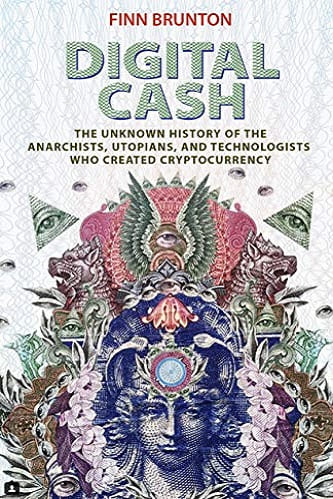


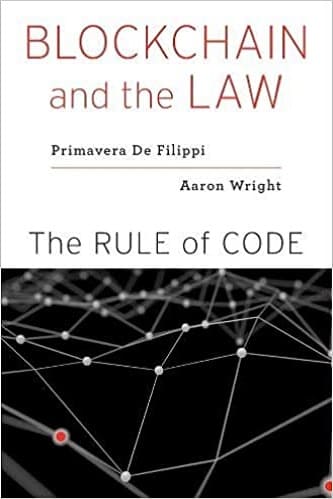
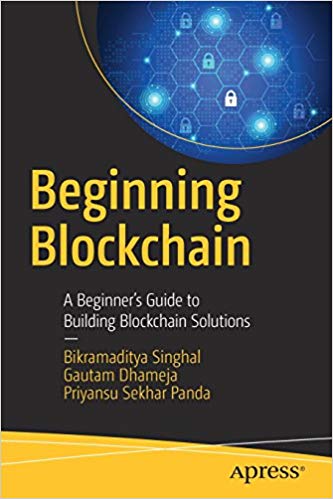

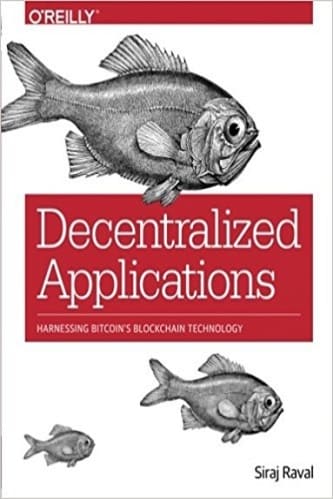
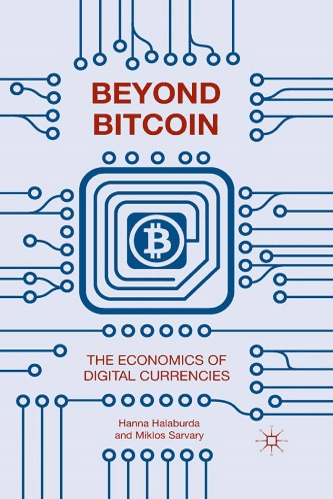
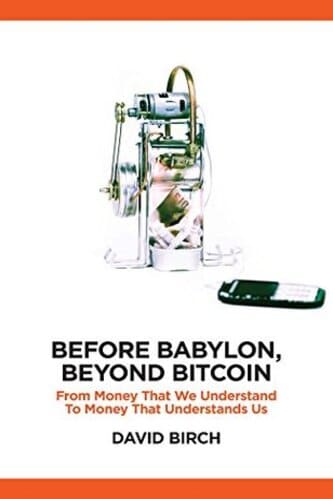
Makenna Garrett (verified owner) –
Beautifully written and meticulously researched.
Lilyana Fischer (verified owner) –
Digital Cash is quite a ride, from cryptographer David Chaum’s failed DigiCash initiative of 1989 through to the bitcoin saga.
Kane Mullins (verified owner) –
This was a hard read for me. I found Finn Brunton’s writing style dense, disjointed and akin to an economics professor I had who spoke facing the blackboard and got lost in his own words. An easier read, if you want to understand cryptocurrency, is Paul Vigna’s “The Age of Cryptocurrency”. Digital Cash “an unknown history… ” remained unknown for me.
Titus O’Donnell (verified owner) –
A pedantic take on digital cash (which is an infinitely interesting topic). Will wander on philosophical tangents for no reason, but most frustrating, insists on using complex terminology where simple terms will do. A fraud of intellectualism.
Aurora Neal (verified owner) –
It is sad that this kind of journalism proliferates today. Mixing every other personal opinion with factual nuggets does not make a story factual or true.
Lucille Stanley (verified owner) –
Tried on multiple attempts to read this book, however found the style far too complex to understand what was trying to be conveyed. I have a technical understanding of cryptocurrency but was disappointed with how confusing every sentence was to read. Might appeal to a handful of professors but not your average reader interested in this subject.
Jett Lin (verified owner) –
This book is fascinating. It clearly describes the people (e.g., David Chaum, Adam Back, Hal Finney and Wei Dai) and products (e.g., E-cash, hashcash and b-money) that have brought us to where we are today. It reminds us that the way the world is when we were born is not necessarily the best world possible. It is full of mind-expanding concepts: like (as Hal Finney pointed out in 2002) money is “fundamentally a form of information,” “money is not about atoms, it is about bits,” and the view that money is based on material goods is “old-fashioned.” Finn Brunton knocked it out of the park.
Maliyah Rhodes (verified owner) –
This is a superb and beautifully written book about digital cash — not electronic funds, but cryptocurrency, an electronic currency medium that can prove, certify, and authenticate itself, without exposing the identities of the transacting parties. Author Finn Brunton expertly narrates the struggle to create cryptocurrencies such as Bitcoin, and does so in understandable language suitable for a general readership. But the book does much more. Noting that all currencies carry with them a vision of the future — what will my money be worth tomorrow? Five years from now? — Brunton suggests that a given digital cash system such as Bitcoin amounts to a “cosmogram,” an artifact that embodies an envisioned system of social relationships and an anticipated future, as well as the means to bring about that future: a world currency, free from all government control, that would retain its value even as other currencies crashed. To tell the story fully, Brunton traces digital cash’s origins to technocrats, cypherpunks, crypto-anarchists, Extropians, libertarians, agorists, and neoliberal economists, most of whom expressed extreme pessimism about the near future… even to the point of freezing their bodies after death, as some Extropians have done, to be awakened only after the Collapse and the formation of the utopia to come. But they’ll remain asleep for quite a while longer, based on Brunton’s assessment of Bitcoin today: “a wildly volatile vehicle for baseless speculation, a roller coaster of ups and downs driven by a mix of hype, price-fixing, bursts of frenzied panic, and the dream of getting rich without doing much of anything” (p. 204). Still, Bitcoin’s underlying technologies will undoubtedly affect tomorrow’s currency systems: in describing the blockchain concept, Brunton likens it to a dollar bill that, upon inspection, reveals the note’s entire transactional history, including the secret identities of all who exchanged it. As Brunton observes, books will be written about future cryptocurrencies, surely, but Digital Cash does an excellent job of explain where we are today, and why.